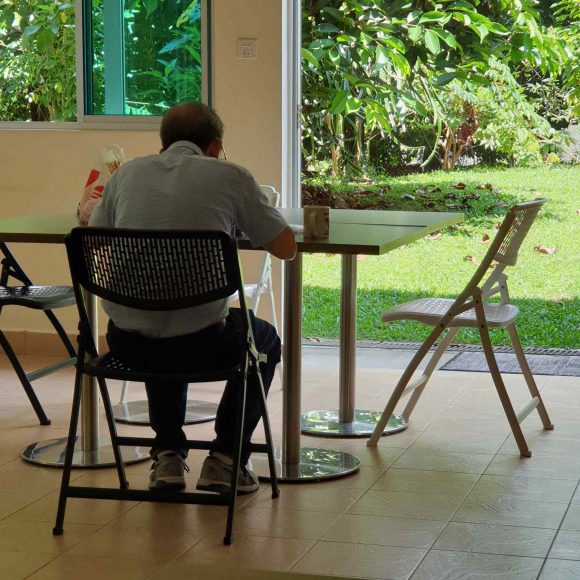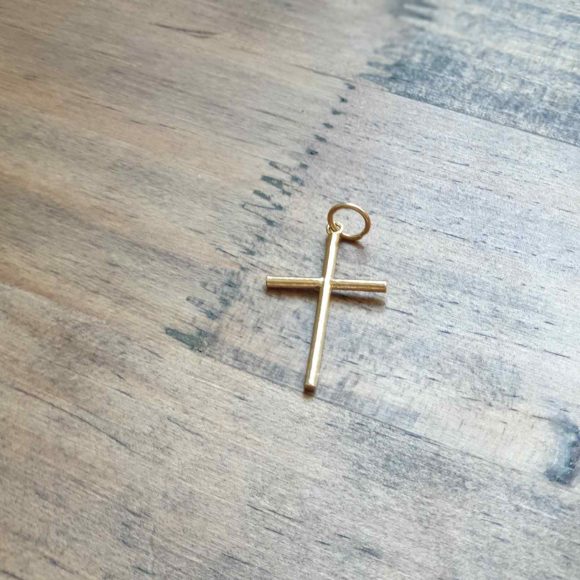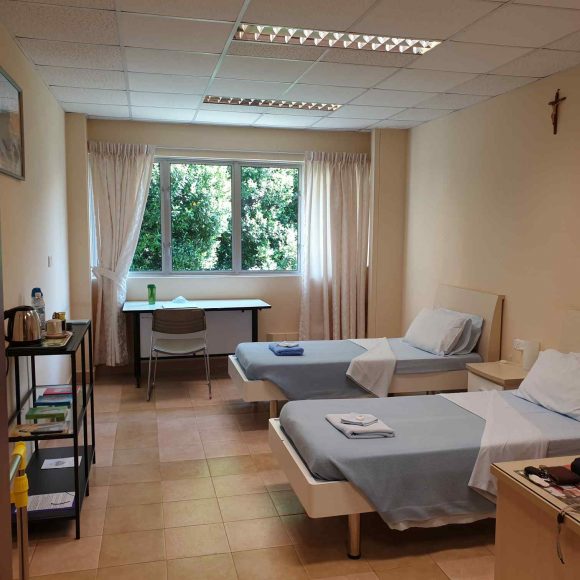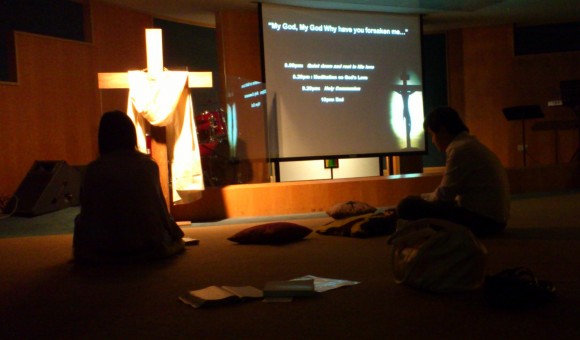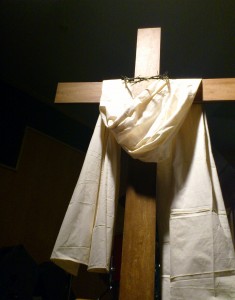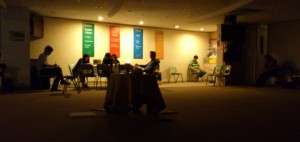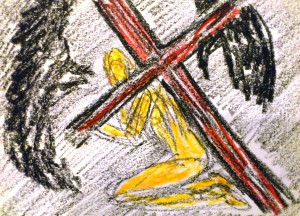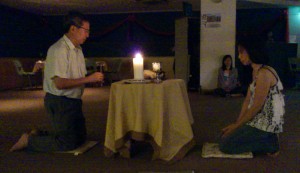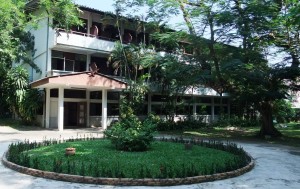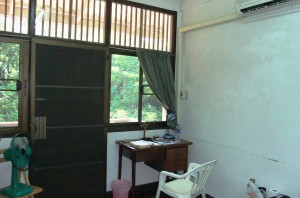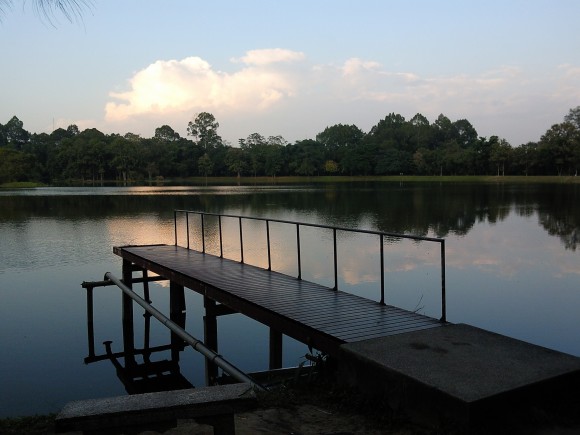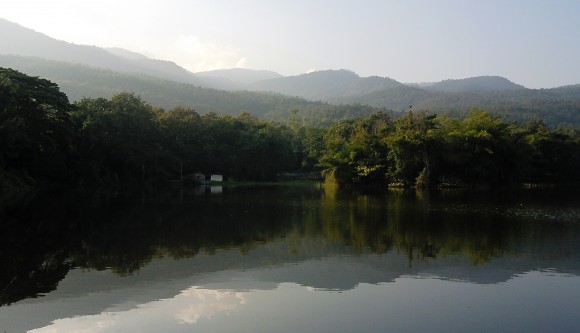With the Covid-19 pandemic curbing travel overseas you may want to consider using your annual leave and savings to find real refreshment and rest in God’s presence. Consider going for a silent retreat in 2021. People who found that with their regular travel plans dashed, staycationing does not really give you a sense of refreshment. A complete change of scenery was what it took in the past for a re-charge. Why not consider a change in perspective: maybe its spiritual refreshment that is needed. Jesus call to us who are weary and heavy-laden is simply: “Come to Me”. So a silent retreat of three, five or seven days may be what you need in 2021.
WHAT IS A SILENT RETREAT?
Seeking God in silence and solitude has a rich biblical tradition that reaches back as far in the Bible as Moses and his 40 days on the mountain waiting on God in silence and solitude to receive what God wanted to reveal to him: the ten commandments. Even Jesus, the One Greater than Moses, sought God in silence, solitude and prayer for 40 days before he embarked on his mission.
Silence and solitude wean us away from internal and external distractions and expectations, and creates an inviting space for us to pray with greater ease and focus, and to know and love God more.
In a silent retreat we are intentionally withdrawing ourselves from human and digital interaction, to set ourselves apart for a specific period of a few or more days, with the sole purpose of seeking to know and love God more, and to receive whatever graces or gifts he chooses to pour on us.
While this can be done from home, there are dedicated spaces designed specifically and intentionally to make the space conducive for prayer and reflection. Often these are owned by Catholics because they have a rich tradition in dedicated spaces of silence for retreats that goes back many centuries. The evangelicals are awakening to this need too but there are few in our region.
The blessings of a silent retreat are many and you may experience a few of these: being healed of painful and tough experiences from your past; a freedom from attachments and idols; greater awareness of self, the world and God; an increase of love, joy and peace; feeling you are Beloved of God; and deepening of your friendship with God. Other side benefits are a digital detox, a good rest, and refreshment.
A spiritual director accompanies and guides you as you seek God in prayer. He usually meets you daily in a one to one meeting, to listen what you have experienced in prayer, in order to co-discern with you the stirrings of desires, memories, emotions and hope that have surfaced. He helps you clarify what God is doing in your soul, and how you may respond to Him.
WHY DO PEOPLE GO ON A RETREAT?
Here are some of the most common reasons:
To seek God for wisdom and peace in decision-making
To rest and recover from feeling stressed and drained
To seek God’s answer to burning question
To seek God’s peace and help because you feel troubled
To make peace with your past hurts, losses, faults
Wanting a closer relationship with God
HOW CAN I PRAY ABOUT THE SILENT RETREAT?
Use this prayer for spiritual openness to prepare your heart for your retreat- before, during and after:
Father, I ask for your divine presence before, during and after my retreat. Thank you for preparing my heart for this time of intimacy with you.
I ask for openness to listen to you speaking to me through the insights and feelings that will come to me at this retreat. May I be attentive to the movements of grace in my heart, as you lead me in prayer, worship and intimacy.
Remove obstacles and distractions that may prevent me from receiving from you.
Open up my mind to the life-changing truths of your Word, and give me a new understanding of who you are to me and your personal love for me.
Touch me profoundly so that my life is changed by your living presence in my heart. Thank you for loving me and for reaching out to me.
I worship you. In Jesus name. Amen.
WHAT DO I NEED TO DO BEFORE THE RETREAT?
Ask yourself why you wanted the retreat: what’s your specific purpose in making a retreat?
Find out more about the retreat house. Probably someone had told you about it but if you could see photos and videos and read about the place you will be more physically and psychologically prepared.
Pack sufficiently for comfort and safety: mosquito repellent, medicines, personal toiletries, flask, cap, comfort dried foods, favourite beverages.
Do not bring stuff that distract you from prayer and rest. The basic stuff to bring are: Bible, journal, stationery(for coloring or artwork), earphones, cell phone.
If possible, do slow down your pace a few days before your retreat. Most times we are anxiously getting things done and handing things over till the very last minute.
Do not miss the group or personal preliminary session, if any, as they delineate the theme or give reminders of the right attitudes for the retreat.
WHAT IS IT LIKE DURING THE RETREAT – IS THERE A PROGRAMME?
In your first meeting with the spiritual director share why you came for a retreat and how much experience (or lack of it) you have in making a silent retreat. (Most people begin with a day retreat, moving on to a two- or three days retreat, then a 5- or 7- or 10- days retreat. They gradually increase the number of days as they see the need and benefits of doing so).
The first day or two are usually for you to settle into the new environment, and to rest physically and emotionally as much as possible. A tired body and a stressed mind are not conducive for listening prayer. Frequently, it begins with rest, relaxation and light reflection and the first meeting with your spiritual director.
Do not be afraid to tell the spiritual director it is your first time in a silent retreat and ask for some instruction on how to pray and what to do during a retreat.
After that first session, the spiritual director will tailor the programme or schedule according to your needs and his sensing. If structure helps you, schedule your day into several one-hour periods of prayer and journaling. Perhaps two periods in the morning, one period in the evening, and one at night. If more or less is expected, add or subtract as you see fit. Some retreatants prefer structure while others prefer a spontaneity and freedom to pray, walk, sleep, meditate whenever they want to. A sage once said, Pray as you can, not as you must.
Some silent retreats have more organized group programmes and schedule so retreatants gather daily for a fixed period to experience God together in some activity like a contemplative walk, or the Eucharist, or an hour of recollection. (As the silent retreat may include retreatants of different Christian traditions or physical fitness level, retreatants may discuss any wish to withdraw from any activity with their spiritual director).
Observe silence throughout the retreat unless yours is a preached group retreat that may have periods of interaction interspersed with silence. It is not called a “silent” retreat for nothing.
Avoid distractions like social media, doing work, watching videos, surfing the internet. Wean yourself from the need to use your mobile: this is a form of “virtual” silence and solitude.
Record your key insights, emotions, memories, images in a journal, voice recorder, or cell phone. Our memories cannot be trusted, and simple records will enable us to see significant patterns and repetitions, and recollect experiences.
Before meeting your spiritual director pick the main issues, emotions, memories, desires that surfaced during your times of prayer. It is not a time for you to rattle the cognitive Bible study insights and lessons you have gleaned from your reflections, but more importantly focus on the emotions and desires.
AM I EXPECTED TO GIVE A STIPEND TO THE SPIRITUAL DIRECTOR?
It depends. Some retreats include the stipend for the spiritual director in the overall cost of the retreat. Others do not. You have to ask if it is not clear.
A stipend is simply a gift of money to appreciate the services or ministry of the spiritual director, who in some cases, depend totally on retreatants’ or directees’ generosity to support themselves and the services they offer. It is sometimes called a love offering given out of gratitude for services rendered.
The amount is not fixed in most cases, though Kingsmead Centre, a local retreat house, recommends $30 per session of 45minutes or 1 hour for its spiritual directors. This is only a recommendation but should not make you feel bad for giving less, nor hinder you from giving more if you wish to. You can even give a stipend or love offering even though it is already included in the retreat cost.
HOW CAN I RESPOND TO GOD’S GRACES AFTER THE RETREAT?
Recollect and review all that the Lord has done in you, or shown to you:
-Did I experience movements during the retreat? Examples: moved from fear to peace; condemning and hating myself to accepting my weaknesses; from hopelessness to hope; temptation to resolution and strength; confusion to enlightenment; from lukewarm prayers to strong desire to pray.
-What graces have I received during this retreat? Examples: strength; awareness of my weaknesses and sins; realization of my helplessness and need of God; experience of praying for longer periods; more accurate knowledge of who God really is; assurance about a decision to make; freedom from a shameful past or an addiction; honest sharing from my heart with spiritual director; a good rest.
Share with others you trust what the Lord has done for you and showed you during the retreat. Request prayer for the faithful follow-through of decisions and plans you have made during the retreat, if any. If there is none, do not kick yourself or force yourself. Get out of that productivity mode – God’s way is higher than our ways. Most times leaving the retreat feeling beloved of God, or at peace with God and people, or rested and refreshed is all you have and need.
Seek to incorporate some of the practices you have learned during the silent retreat. For example, you may want to set a time of daily prayer. Or practice silence and solitude for a half-day every month.
WHO DO I CONTACT TO SIGN UP FOR A RETREAT?
Some Catholic retreat centres like Kingsmead Centre, Lifesprings Canossian Spirituality Centre, Good Shepherd Oasis have in-residence spiritual directors who can accompany you in your individual retreat. They may also offer group retreats with themes and programmes. Some centres, for example, Montfort Centre have excellent retreat facilities available but you have to arrange for your own spiritual director.
If you need individual spiritual direction or a full silent retreat you may write to Kae Ng at Ignatianjourney@gmail.com for more information about upcoming retreats for 2021.
For those who want retreats led by experienced Protestants retreat directors, may I recommend Rinda and Simon, my friends and ex-colleagues in the church staff. You may want to take a look at Listening Inn and click on Calendar for their years schedule of group silent retreats.
WHAT DOES A SILENT RETREAT FEEL LIKE FOR A NEWBIE?
I remembered my first full silent retreat. It was about a decade back. We went to Seven Fountains Spirituality Centre in Chiangmai. I wrote what it was like for me. You may get an idea of what it was like by reading this. Click HERE.
QUESTIONS?
If you have questions to ask about silent retreats feel free to put it in the comment box. God bless you.

